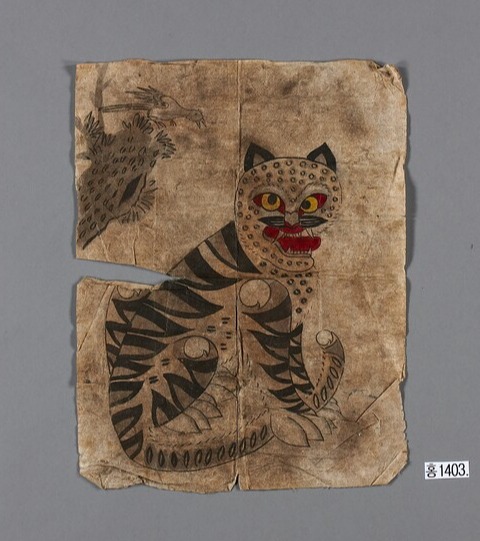
Korean culture has long been a pillar of global popular culture, and its expansion now reaches beyond music, films, and dramas into animation. The recent release KPop Demon Hunters combines K-pop-inspired characters and music by real artists, naturally incorporating Korean cultural elements and signaling a new direction for Korean popular culture.
The fusion of K-pop and animation
KPop Demon Hunters is a pioneer that breaks the boundaries of genres. In the work, the protagonists are K-pop idols who transform into demon hunters, a unique concept that captures attention. Furthermore, actual K-pop artists participated directly in the original soundtrack, enhancing its musical quality and creating a stronger connection between the animation and K-pop fans. The glamorous performances and choreography on stage are reinterpreted as the movements of animated characters, offering fans an experience that is both familiar and new. This fusion between performing arts and animation represents an attempt to transcend the boundaries previously shown by Korean popular culture. It is significant in that it offers new content experiences to diverse audiences around the world. As full-scale collaborations with animation have been rare, the production goes beyond a simple fusion to become an experiment and challenge that actively expands the intersection between the K-pop fandom and the animation fandom.
The potential for global diffusion of cultural codes within the story
What makes this animation particularly intriguing is that it goes beyond music and visual presentation, embedding various Korean cultural codes throughout the work. A scene in which the protagonists prepare for a mission while eating gimbap could, much like the jjapaguri in Parasite or the dalgona in Squid Game, become a moment of cultural discovery for overseas audiences. In fact, that scene has already inspired fans to imitate them, sparking a gimbap-eating challenge that has spread widely on social media. This approach has the power to move beyond a simple viewing experience, encouraging global fans to experience and recreate Korean culture in their own daily lives. The worldview of KPop Demon Hunters also includes Korean-language signs, motifs from traditional clothing, and Korean-style greetings, offering overseas audiences a natural opportunity to encounter authentic Korean culture.
The most intriguing aspect of the film is that it is not a piece of content produced in Korea. This work was led by an overseas production company, yet it places K-pop and various elements of Korean culture at its center and presents them to audiences around the world. In the past, the overseas expansion of Korean popular culture primarily took the form of domestically planned and produced works being exported. Now, however, there is an emerging stage in which overseas creators actively adopt and reinterpret Korean culture for the global market. This demonstrates that Korean culture has evolved into a universal cultural code that inspires global creators, rather than being merely exported. Through the familiar medium of animation, KPop Demon Hunters draws in audiences who are new to K-pop, while also expanding interest in Korean food, fashion, and language through detailed elements such as gimbap, traditional costume motifs, and Korean greetings. This trend suggests the possibility that, in the future, overseas creators will increasingly collaborate with Korean culture in diverse genres such as games, virtual reality, and movies, further diversifying the channels of cultural dissemination.
KPop Demon Hunters is both an experiment in combining Korean culture with new genres and a signal of future global trends. Like jjapaguri and dalgona, a single roll of gimbap could spark global curiosity about Korean culture. It is evolving beyond single-genre success, blending diverse cultural codes into content that resonates with everyday life worldwide. This shift is clearly reflected in the animation, hinting at new possibilities for future cultural expansion.

